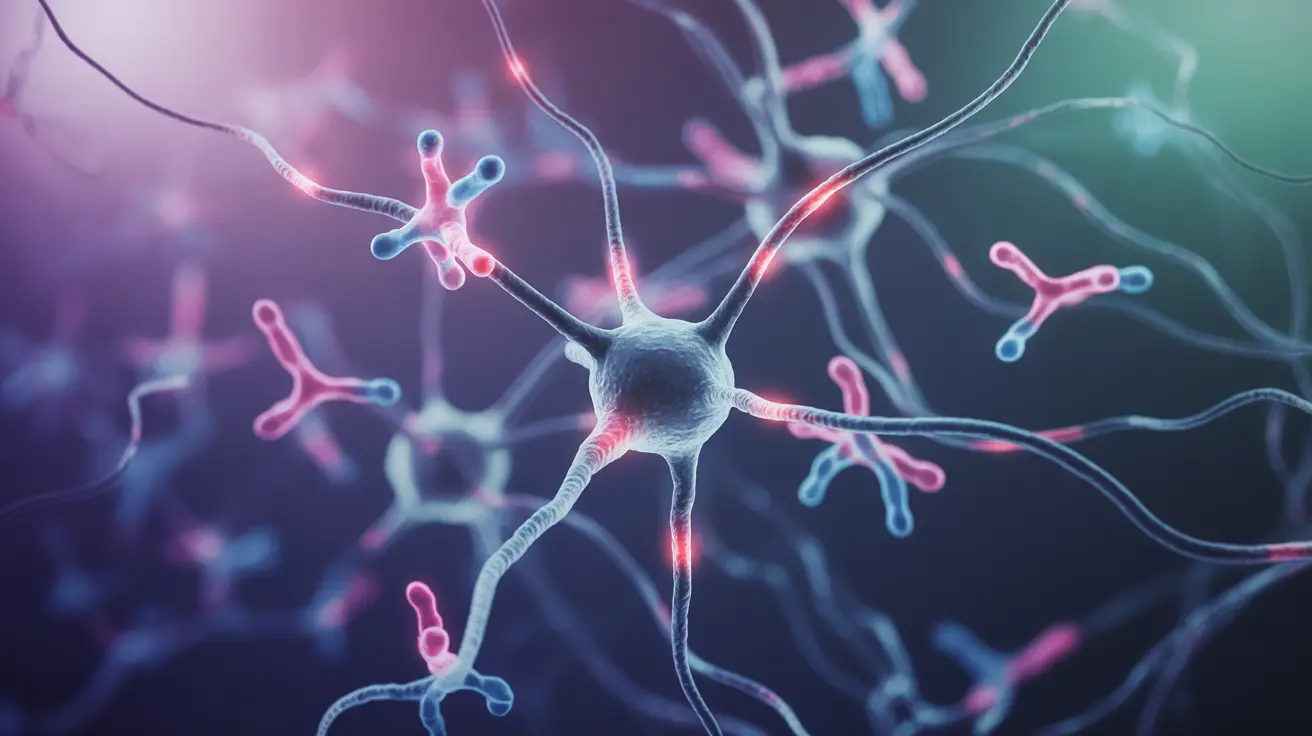The human body's response to sexual activity involves a complex interplay of hormones, particularly during orgasm. This intricate chemical dance not only creates intense physical pleasure but also plays a crucial role in emotional bonding and overall well-being. Understanding these hormonal changes can provide valuable insights into human sexuality and relationships.
The Primary Hormone: Oxytocin's Role in Sexual Response
Oxytocin, often called the "love hormone" or "bonding hormone," is the primary hormone released during orgasm in both men and women. This remarkable chemical messenger is produced in the hypothalamus and released through the pituitary gland, triggering various physical and emotional responses during sexual climax.
The Physical Effects of Oxytocin During Orgasm
- Muscle contractions associated with orgasm
- Increased heart rate and blood flow
- Enhanced sensitivity to touch
- Reduced pain perception
- Regulation of body temperature
Additional Hormones Released During Sexual Activity
While oxytocin is the star player, several other hormones contribute to the orgasmic experience:
- Dopamine: Creates feelings of pleasure and reward
- Serotonin: Contributes to mood elevation and satisfaction
- Endorphins: Natural pain relievers that promote feelings of euphoria
- Prolactin: Released after orgasm, contributing to sexual satisfaction
The Emotional Impact of Orgasmic Hormone Release
- Increased feelings of trust and attachment
- Enhanced emotional bonding with partners
- Reduced anxiety and stress
- Improved mood and emotional stability
- Greater sense of intimacy and connection
Beyond Sexual Response: Broader Functions of Orgasm-Related Hormones
- Facilitating childbirth contractions
- Supporting milk production and release during breastfeeding
- Promoting social bonding and trust in various relationships
- Contributing to stress reduction and emotional regulation
- Supporting healthy sleep patterns
Frequently Asked Questions
What hormone is released during orgasm in men and women? Oxytocin is the primary hormone released during orgasm in both men and women, along with dopamine, serotonin, and endorphins.
How does oxytocin affect the physical and emotional experience of orgasm? Oxytocin triggers muscle contractions, increases pleasure sensitivity, and promotes feelings of bonding and emotional connection during orgasm.
Can oxytocin levels influence the intensity or frequency of orgasms? Yes, oxytocin levels can affect orgasm intensity and frequency. Higher oxytocin levels are associated with stronger orgasmic responses and greater sexual satisfaction.
What are the social and bonding effects of oxytocin released during sexual activity? Oxytocin release during sexual activity enhances emotional bonding, increases trust, promotes attachment between partners, and strengthens relationship satisfaction.
Is oxytocin involved in functions beyond orgasm, such as childbirth and breastfeeding? Yes, oxytocin plays crucial roles in childbirth by stimulating uterine contractions, facilitating milk production and release during breastfeeding, and promoting mother-child bonding.
Understanding the hormonal aspects of sexual response can help individuals better appreciate the complex relationship between physical pleasure and emotional connection, while recognizing the broader importance of these chemical messengers in human health and relationships.




